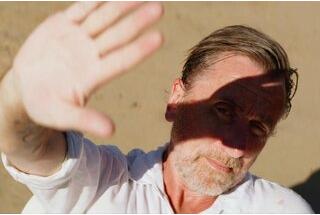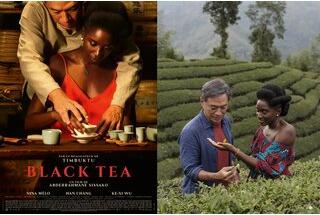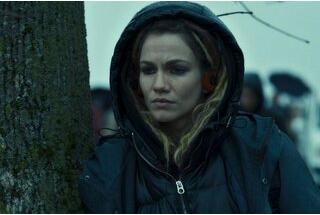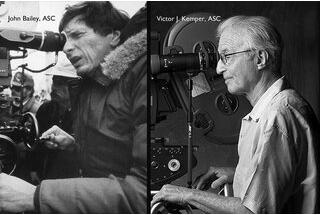Death of Jacques Perrin, actor, producer and director
13 July 1941 – 21 April 2022Jacques Perrin is first of all an eternally youthful face that first appeared in Italian cinema of the early 1960s. He remains the unforgettable young actor of Valerio Zurlini’s films Girl with a Suitcase (1960) where he stars alongside Claudia Cardinale, and Family Diary, two years later, where he starred alongside Marcello Mastroianni.

This early period of his career in front of the camera earned him the Volpi Cup for Best Actor at the 27th Mostra de Venise in 1966 for Almost a Man, by Vittorio De Seta, with Luciano Tovoli behind the camera, who would remain ever faithful to him.
While in 1963, he appeared in Mauro Bolognini’s Corruption and Duccio Tessari’s The Scapegoat, Jacques Perrin’s career in France was taking off during the same time thanks to Pierre Schoendorffer (The 317th Platoon, in 1965), Costa-Gavras (The Sleeping Car Murders), and Jacques Demy (The Young Girls of Rochefort, in 1967). He worked with these directors until he began working as a producer in 1969 on a challenging project that others had refused to produce: Costa-Gavras’ Z.
Although he continued to act from time to time throughout his life, sometimes, as he admitted, to shore up his coffers, Jacques Perrin became an audacious producer of fiction and documentary films alike: The Tartar Steppe, by Valerio Zurlini, Roaring Forties, by Christian de Challonge, Himalaya, by Eric Valli, and Gérard Vienne’s The Monkey Folk and Claude Nuridsany and Marie Pérennou’s Microcosmos.
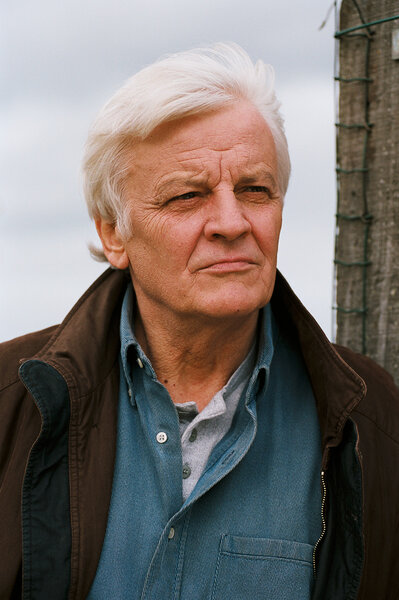
Like Albert Kahn, who, at the start of the last century, would send photographers and cameramen throughout the world in order to build his Planetary Archives, Jacques Perrin built crews of operators that he remained faithful to, sending them across the globe to bring home rare and unique images at any price for his nature documentaries or his appeals to save the planet and endangered species: Winged Migration (2001), Oceans (2009), Seasons (2016).

Although he wasn’t a technician himself, Jacques Perrin was fascinated by the tools used to make movies insofar as they make it possible to obtain the images he was dreaming of, which explains his constant innovations starting with Microcosmos, in which he invented a new way of filming by breaking the codes of nature documentaries.
These productions were major box-office hits as they magnified nature and the animal world, without engaging in political activism or shocking images.
When he was a guest on Bernard Pivot’s television show “Bouillon de Culture” on 16 June 1995, Jacques Perrin summarized his vision of the cinema in its relationship to viewers in the following terms: “I feel that viewers always have a child’s soul and that a space such as a movie theater, is also a very humanistic space. It’s incredible to see people crying when they see the kind of people they might meet in the street, but they would not pay them any attention in the street, yet, at the movies, one is taken in, one loves one’s neighbor. Moreover, what is cinema? It is also the projection of an illusion, of a dream, and having a dream shared with viewers makes one realize that the show isn’t the movie itself, it’s the movie the moment it is seen by the viewer, and the two together create the show. So it’s a form of communion, it’s a beautiful thing.”
- Read an opinion piece Jacques Perrin wrote about lighting, published on the website of the Académie des beaux-arts.
 En
En
 Fr
Fr
